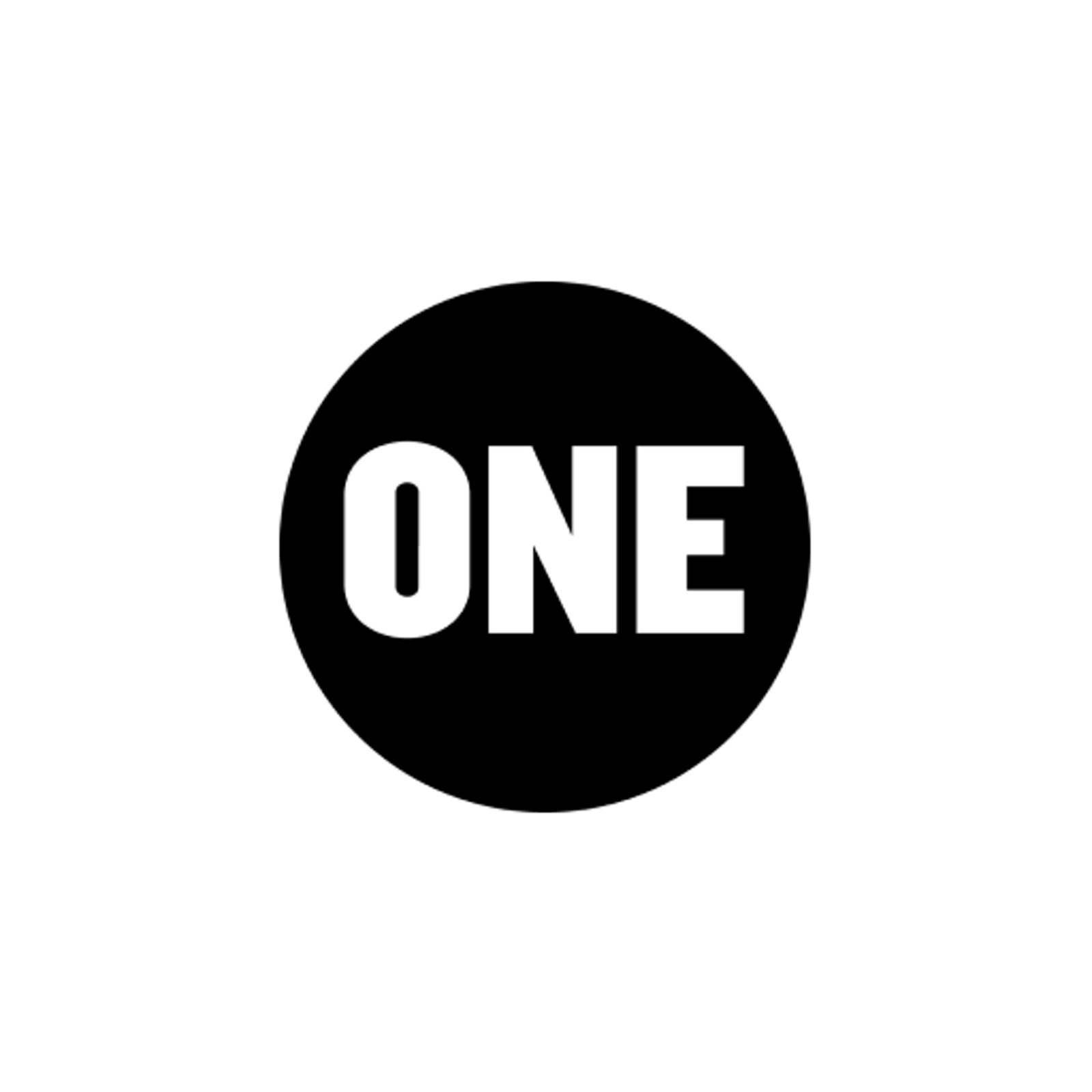Explore how Special Drawing Rights (SDRs) are an important financing tool for African countries to respond to ongoing and future crises. SDRs are an IMF tool that provide a much needed injection of liquidity, without adding to debt burdens.
A confluence of crises is reversing hard-earned development gains. The historic August 2021 allocation of US$650 billion in Special Drawing Rights (SDRs) offered a critical and sizeable source of financing to help countries weather and recover from these shocks.
SDRs are a type of reserve asset issued by the International Monetary Fund (IMF) to help supplement countries’ official reserves. They provide a much needed injection of financial liquidity without adding to debt burdens. While they are not cash, they can be traded for hard currency such as dollars, pounds, or euros.
How are Special Drawing Rights used?
SDRs are a useful tool to plug fiscal gaps, meet external debt obligations, or address foreign exchange shortages. For example, if Liberia is facing a foreign currency crunch, it can sell a portion of its SDRs to France – in exchange for euros – and use those euros to pay for imported goods, such as fertiliser.
The majority of African governments have disclosed how they are using their SDRs. This includes boosting their foreign exchange reserves, enhancing health and social protection systems, or paying off debt.
The rest of this resource is a live-updated data dive from the One Campaign. You can view it in full on their website HERE.

